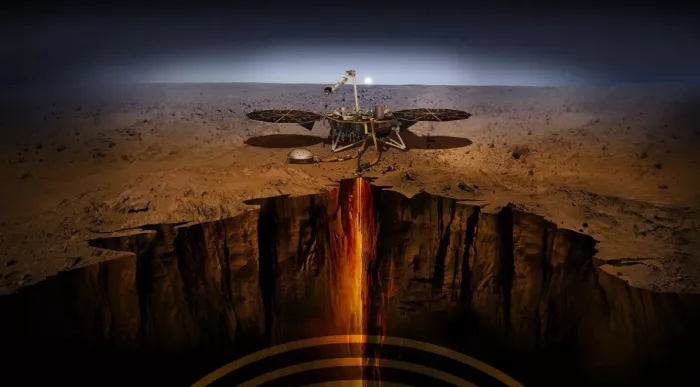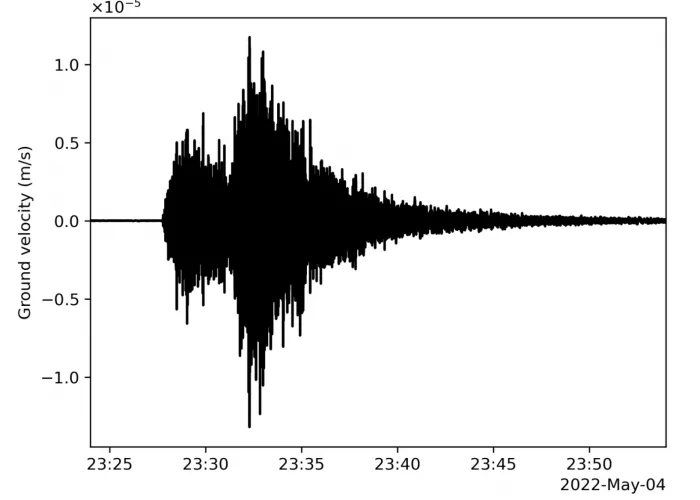*NASA's insight Mars Lander detected the largest earthquake ever on Mars: an estimated magnitude 5 earthquake *, which occurred on May 4, 2022, the 1222nd Mars day of the mission. Insight has detected more than 1313 earthquakes since landing on Mars in November 2018. The largest earthquake previously recorded was an estimated magnitude 4.2 earthquake detected on August 25, 2021.

Insight was sent to Mars with a highly sensitive seismograph provided by the French National Center for Space Research (CNEs) to study the deep interior of the red planet. When local seismic waves pass through or reflect from Mars's crust, mantle and core, they will change. Seismologists can determine the depth and composition of these layers through research. Scientists' understanding of the structure of Mars can help them better understand the formation of all rocky worlds, including the earth and its moon.

Although the magnitude 5 earthquake is a medium-sized earthquake compared with earthquakes on earth, it is close to the upper limit that scientists hope to see on Mars during the insight mission. The scientific team will need to further study the new earthquake before providing details, such as its location, the nature of its source, and the internal structure of Mars it may tell us. The earthquake will certainly provide an unprecedented opportunity to observe Mars. Scientists will analyze these data in order to understand the new situation of Mars in the next few years.

At the time of the earthquake, insight was facing new challenges, and its solar panels powered the mission. As insight's position on Mars enters winter, the dust in the air increases and the available sunlight decreases. On May 7, 2022, the available energy of the lander is just below the limit of triggering the safety mode. In this mode, the spacecraft suspends all other functions except the most basic functions. This reaction is to protect the lander and may occur again as the available energy decreases slowly.
After the lander completed its main mission and achieved its initial scientific objectives by the end of 2020, NASA extended the mission until December 2022.